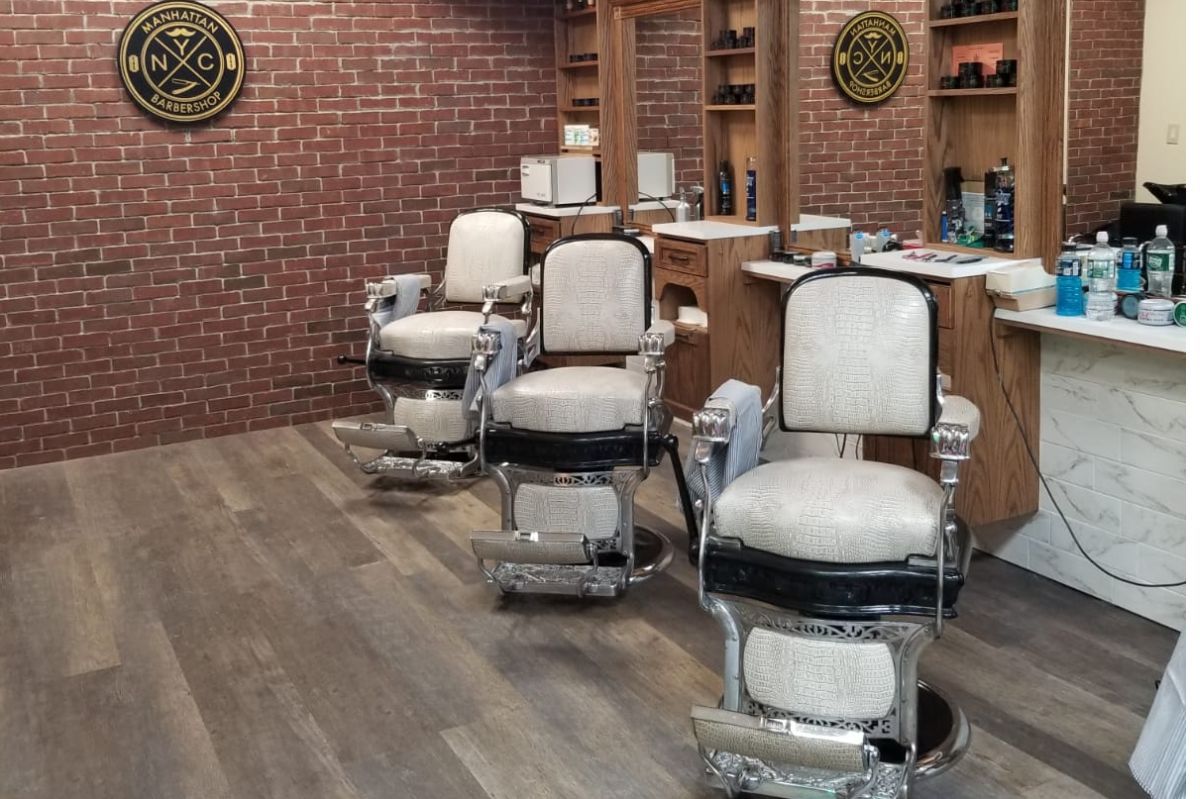Discovering the Flawless Hair Hue to Compliments The Unique Complexion Hue.
Wiki Article
Selecting the appropriate hair color can significantly improve an individual's look, causing them feel even self-assured and vibrant. It is crucial to understand how various hair colors can interact with different skin tones. Skin tones typically fall into three groups: chilly, warm, and neutral. Identifying one’s skin tone is the initial step in discovering a hair color that complements it effectively. This method involves analyzing the undertones of the skin, which can be ascertained by looking at the veins on the wrist or noticing how skin reacts to specific colors.
Cool undertones usually feature rosy, red, or azure hues. Individuals with chilly skin tones may find that hair hues such as bleach blonde, ash brown, or chilly black enhance their innate features. These shades differ nicely with the rosy or azure undertones of cool skin. Moreover, hues with a hint of silver or blue can also be eye-catching. For those with chilly undertones, steering clear of excessively warm colors like yellowish blondes or rich, warm browns is recommended, as these can create a conflict that diminishes their overall appearance.

Warm undertones, on the other hand, go right here are characterized by golden, peach, or sunny hues. Individuals with this skin tone often look most attractive in hair colors that contain warm shades. Vibrant golden blondes, warm reds, and chestnut browns can gorgeously enhance the natural warmth of their skin. It is crucial for individuals with warm undertones to avoid excessively cool shades, such as ash tones, which may wash them out and cause their skin appear dull. Emphasizing the warmth in hair color can create a balanced and balanced look.
Neutral undertones can sport a wider range of hair colors because they have a mix of both cool and warm hues. Individuals with neutral skin tones can try out different shades, such as caramel, honey blonde, or soft browns. These hues tend to blend well with the skin, offering a natural and complimentary look. However, it remains important to choose hues that do not tilt too far in either way, as this can overpower the neutral quality of the you can check here skin. Finding equilibrium is key for those with neutral undertones to achieve the optimal flattering look.
Ultimately, discovering the perfect hair shade involves factoring in not only the skin tone but also personal style and tastes. A discussion with a skilled hair colorist can offer valuable insights, as they can suggest specific shades that will improve an individual's unique features. It is also crucial to remember that hair shade can significantly influence how one feels about themselves, making it a powerful tool for self-expression. Therefore, taking the time to find a hair color that complements the skin tone can lead to a more self-assured and stylish look.